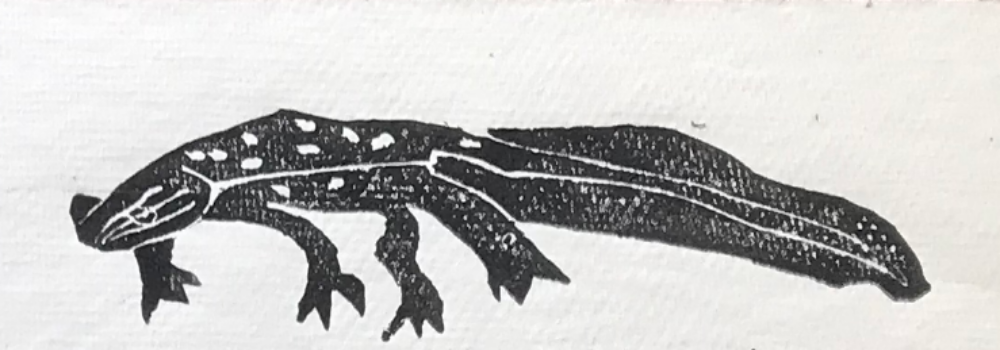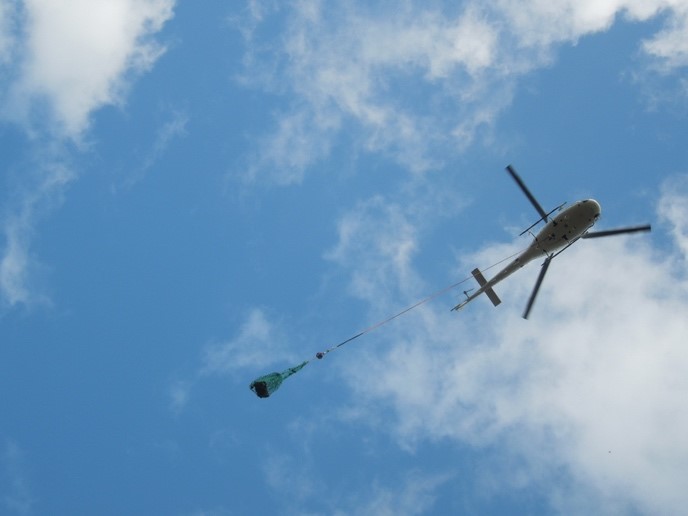By Ashley Novella
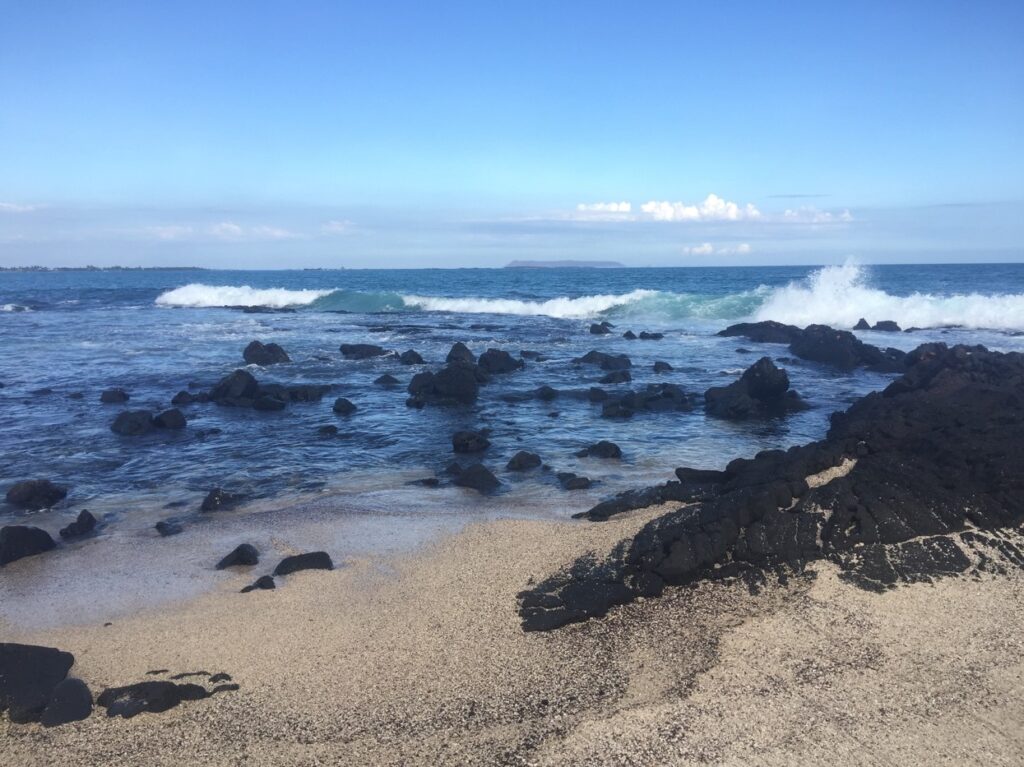
When a species goes extinct, more is lost than the animals themselves. Their role in the ecosystem, whether it’s spreading seeds or hunting herbivores, can have cascading effects on other species and the habitat itself. Reconciling the complex relationships maintained in an ecosystem requires extensive knowledge and serious predictive modeling. Dr. Elizabeth Hunter of Georgia Southern University has been researching a way to restore the ecosystem of the Floreana Island in the Galápagos. Her research aims to introduce a species of giant tortoise that is descendent from the extinct Floreana tortoise native to the island. This newfound species is believed to be hybridized, a crossbreed between a Floreana giant tortoise and another species inhabiting Isabella Island. By moving a subsection of the hybridized tortoise population to the Floreana Island, they can act as their extinct ancestors did, benefitting the whole ecosystem.
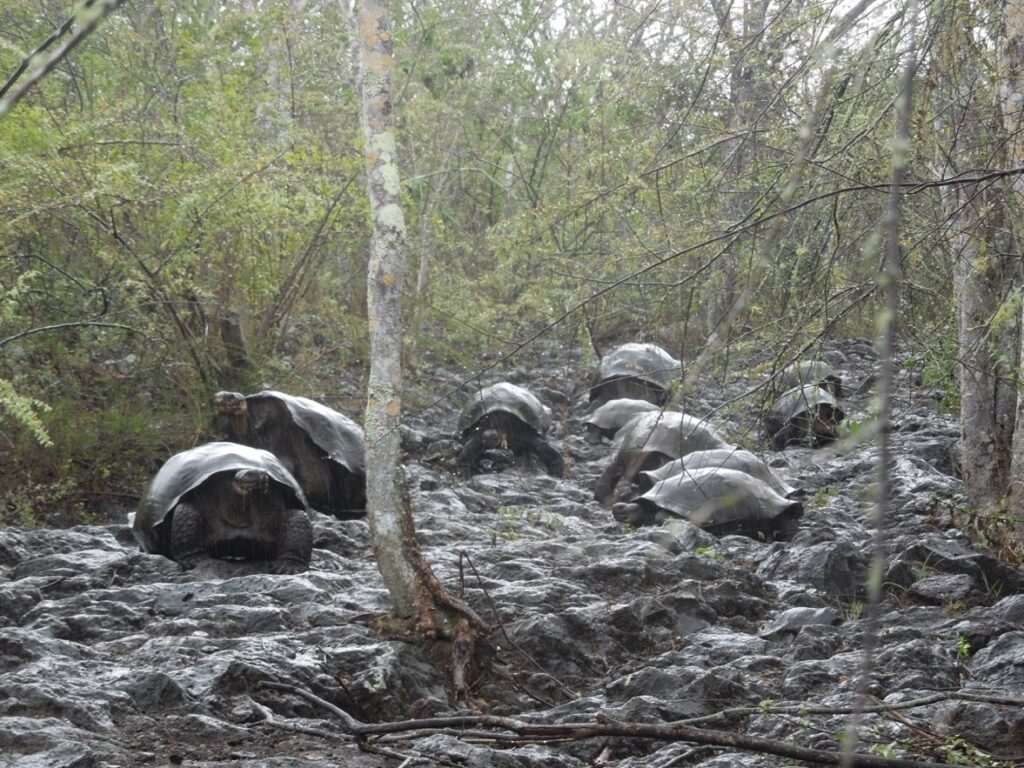
Working with researchers and local ecologists, Dr. Hunter developed pioneering modeling simulations that address conservation issues in a holistic manner. The discovery of the ancestrally linked tortoises on Isabella Island propelled this team of researchers to explore potential impacts of their introduction to Floreana across a variety of competing conservation goals. A goal of introducing the tortoises was to restore the ecosystem functions of their ancestors: spreading seeds and suppressing woody vegetation that could outcompete tree saplings and damage the ecosystem if left unchecked. While many conservation projects focus on a singular goal, Dr. Hunter saw the opportunity to press further, attempting to maximize the genetic representation of their extinct ancestors; in many ways, bringing back the extinct Floreana tortoise.
Dr. Hunter’s fascination with turtles began with her childhood pet, Toby the turtle. Observing Toby’s daily routines intrigued her so much that in college she went to Costa Rica for a hands-on study abroad conservation program. Faced with constraints and realities of conservation programs, she became dedicated to finding ways to balance the diversity of motivations behind conservation projects. Reflecting the complexity of ecosystems in the projects meant to mend them is a daunting task, one that required combining her statistical experience with her love of conservation.
Considering numerous factors, Dr. Hunter created models to predict the affect of the giant tortoises on Floreana Island. She had to ensure genetic diversity within the population to avoid harmful mutations that would damage their chances of survival. Yet, she is also attempting to maximize the representation of the ancestral DNA of the extinct native Floreana giant tortoise. Luckily, because there were historically giant tortoises on the island, some factors such as competing with other animals for food and habitat could be mitigated. Her modelling found a balance among these competing objectives within a two-million-dollar budget, another goal of the research.
When the time is right, the tortoises will be translocated, also called ‘assisted colonization,’ to the Floreana Island. As of now, 20 hybrids were flown from Isabella Island to the Galápagos National Park Directorate Tortoise Center on Santa Cruz Island. Since these tortoises naturally pull into their shells when disturbed, Dr. Hunter expressed that no tranquilization was needed to successfully helicopter them over. The hybrids are successfully breeding at the Tortoise Center, and the translocation is awaiting the maturity of their offspring to ensure the new population on Floreana will persist for years to come. In a successful case of translocation, the species would recover a threatened population while positively influencing the colonized habitat. Dr. Hunter’s project aims to do both: resurrecting the Floreana giant tortoise and restoring their ecosystem functions.
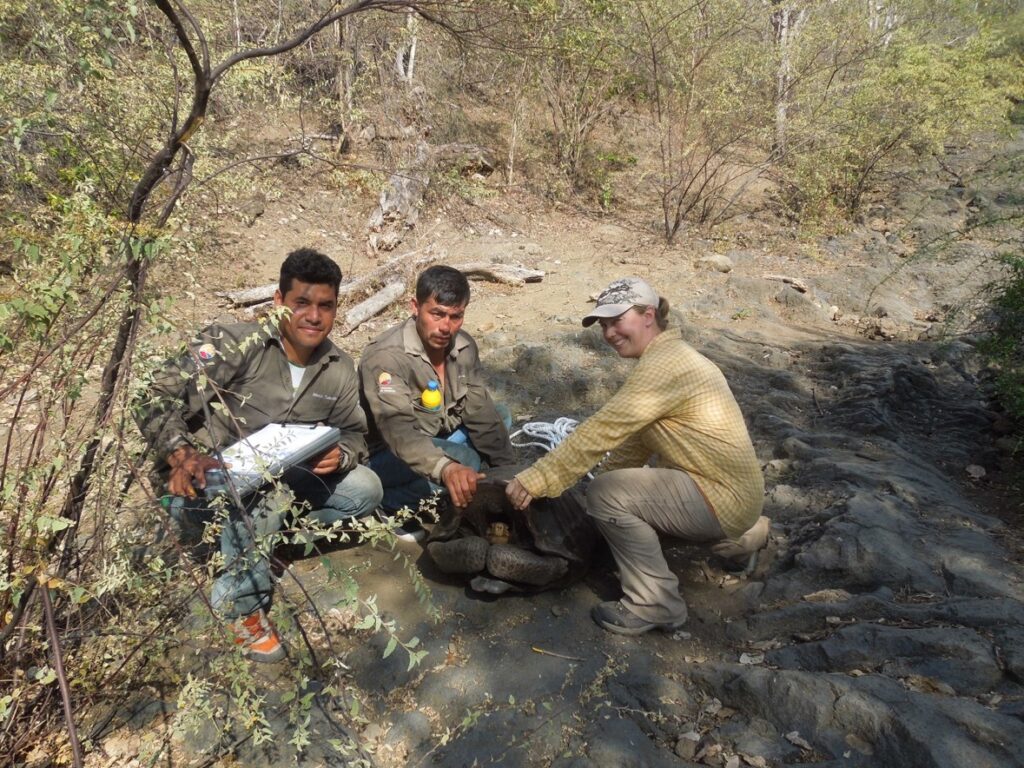
Translocation projects are increasingly used to assist species migration to more suitable habitats as climate change pushes them out of their native regions. Promoting habitat connectivity so they can move their naturally can work in some areas, but in the island chain of the Galápagos, human intervention is required. The native species of the Galápagos are enclosed by water, so they do not have the luxury to re-establish their home elsewhere. Historically, species planted their flag on these fruitful islands through swimming, flying or riding gusts of wind, or surfing rafts of tangled vegetation. It is likely that all living and extinct species of giant tortoise evolved in the Galápagos from a common ancestor that arrived from the mainland, floating on the ocean currents.
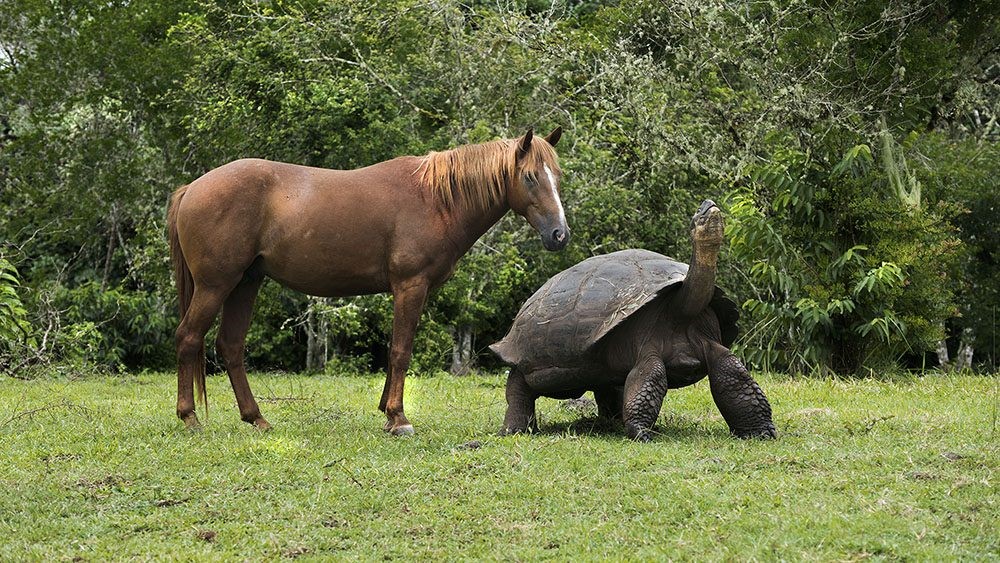
The evolved species of giant tortoise can now grow up to five feet tall, making them the largest in the world. These walking giants didn’t have any predators to fear, allowing them to significantly surpass the size of other tortoises. Being a flagship species to the islands, colonizers named the chain after the Spanish word ‘galápagos’, describing the saddle of the giant tortoise. The late human colonization is largely held accountable for the islands’ nearly immaculate condition until modern times1. Unfortunately, over the past two centuries, four out 15 species of giant tortoises in the Galápagos Islands are extinct, including the Floreana giant tortoise. Although reviving an extinct species is a seemingly insurmountable task to achieve, Dr. Hunter’s research and subsequent intervention tactics are being implemented to restore the ecosystem to its former glory.
The Galápagos Islands are internationally appreciated as the crown jewel of conservation. This special corner of the world is home to species found nowhere else, called endemic species. According to the Galápagos Conservancy, a staggering 80% of land birds, 97% of reptiles and land mammals, and over 30% of plants found there are unique to these islands. The rare nature of this destination speaks to its vulnerability. At the unprecedented rate at which our climate is warming, the world has entered an era of rampant species extinction. With the tundra thawing, sea levels rising, and erratic weather patterns becoming more frequent, innovative solutions must be set in place in order to salvage the integrity of our planet’s ecosystems. Dr. Hunter’s complex modelling process can translate to other conservation projects with various objectives, serving as a beacon of hope against the rising tide of habitat destruction. The challenges in conservation- from accelerated climate change to habitat loss and fragmentation – all take place at the interface between humans and the environment. Thankfully, we are on the precipice of beneficial technologies and strategies that can mend the tattered relationship between humans and the natural world.
